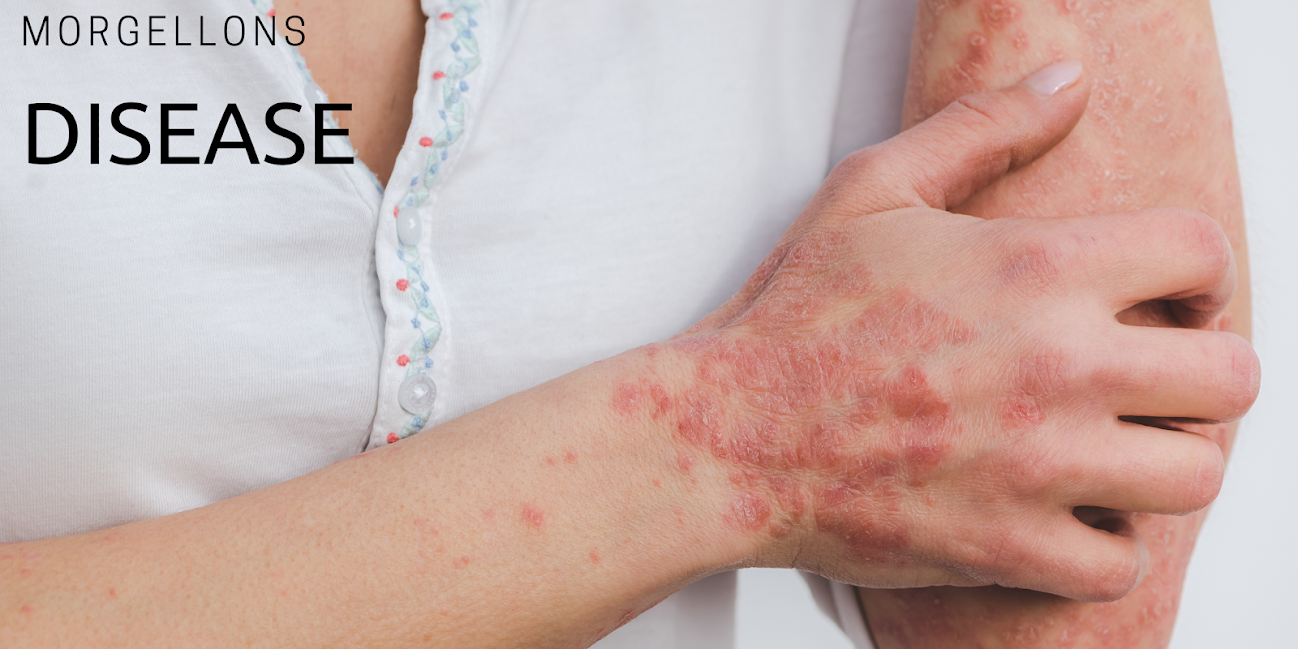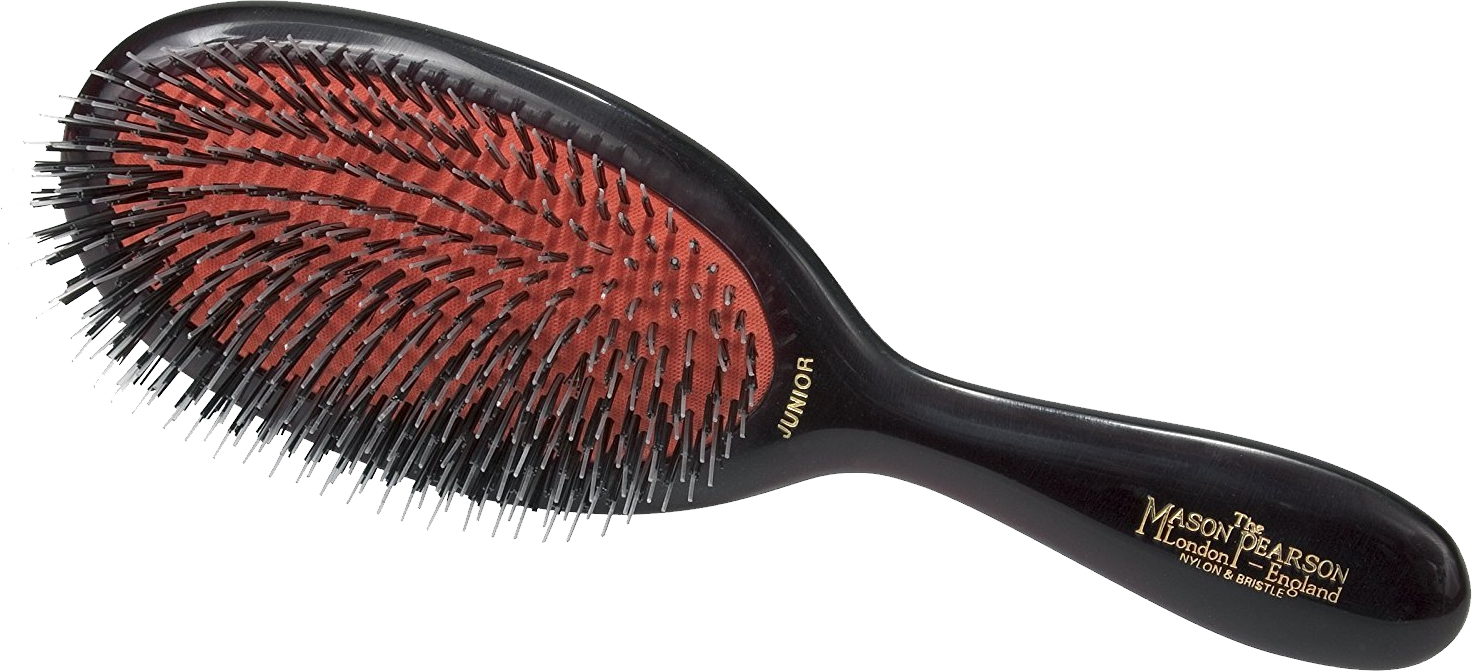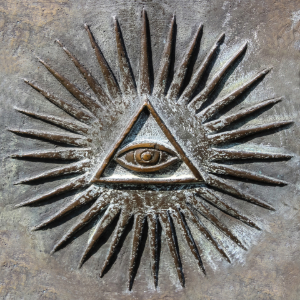What does Morgellons disease look like? As a result, there is no definitive answer. Most people with Morgellons say it is like having a rash and insect bites. Some say it is like having a spider bite or mosquito bite. Some people think it is like having an allergy to something. Most of the time, Morgellons is not diagnosed because there are no tests for it. Doctors usually think that the person has a skin condition called dermatitis herpetiformis, which is similar to psoriasis. They may also think that the person has Lyme disease or another bacterial infection.
However, there is no evidence that Morgellons is caused by any of these diseases. In fact, unfortunately, many doctors believe that Morgellons is a mental health problem. Morgellons have been reported in people who have mental health problems, such as schizophrenia and bipolar disorder. People with mental health problems sometimes have delusions and hallucinations. Sometimes they may even hear voices telling them to hurt themselves or other people. These are not normal symptoms of mental illness. Some people who have Morgellons might also have mental health problems.
The true cause of Morgellons disease is currently unknown. As a result of this, the disease has been known as a “mystery illness” by many people who have it. Morgellons is a strange disease that has plagued the United States for years. There are some reports of it going back to the 1980s but there is no evidence that it existed prior to the early 1990s. It is thought to be caused by a microbe or possibly a fungus and it can be transmitted through direct contact with the skin or even the air.

Morgellons sores look like the result of a fungal infection. The skin lesions can be very itchy, but they are not painful normally. They usually appear on the scalp, face, neck, arms, and legs. Morgellons is a condition that has been going around for years. It seems to be getting more attention now because it's been featured in TV shows such as The Dr Oz Show and on the internet. There have been many theories about what causes Morgellons. Some say it's caused by a fungus. Others think it's a mental health disorder or something out of a horror movie.
Morgellons is an illness that causes patients to have skin lesions, which are often itchy and painful. The condition has been around since the 1960s, but it’s only recently that the number of cases has begun to rise. In the last few years, many sufferers have taken to the internet to share their stories. They say that the condition has affected them physically, emotionally, and financially.
Morgellons is a syndrome where people experience symptoms such as: itching, pain, swelling, and skin lesions. It is commonly known as “Morgellons disease.” It has been going around for decades, but now that it has become more common, many people are starting to learn about it. It is not a recognized medical condition by the American Medical Association. However, some doctors believe that Morgellons is caused by a fungal infection and that it is transmitted through direct contact with the skin or even the air.
- Itchy, painful sores on the skin
- Fibers that are found under the skin
- Skin lesions that are red, white, or a combination of both
- Skin lesions that appear on the scalp, face, neck, arms, and legs
- The skin lesions can be very itchy, but they are not painful normally
- Patients report that the skin lesions appear and disappear in the same areas over time
- The skin lesions are not caused by a bacterial infection
- The skin lesions do not cause any other medical conditions
- The skin lesions do not cause any other medical conditions
Morgellons is not a mental health problem. It is a condition that causes people to feel like they are being poisoned. Many people who have Morgellons also suffer from depression, anxiety, and OCD. The skin problems are just the tip of the iceberg. Morgellons is a multi-system disease that affects the brain, the skin, the eyes, the heart, the lungs, the central nervous system, the gastrointestinal system, the immune system, and the reproductive system.










.jpg&ehk=oSEztvWoUDlXmgsjPH7DKMEP0NFVeVAa1HtTUnq7O4o%3d&risl=&pid=ImgRaw&r=0)

